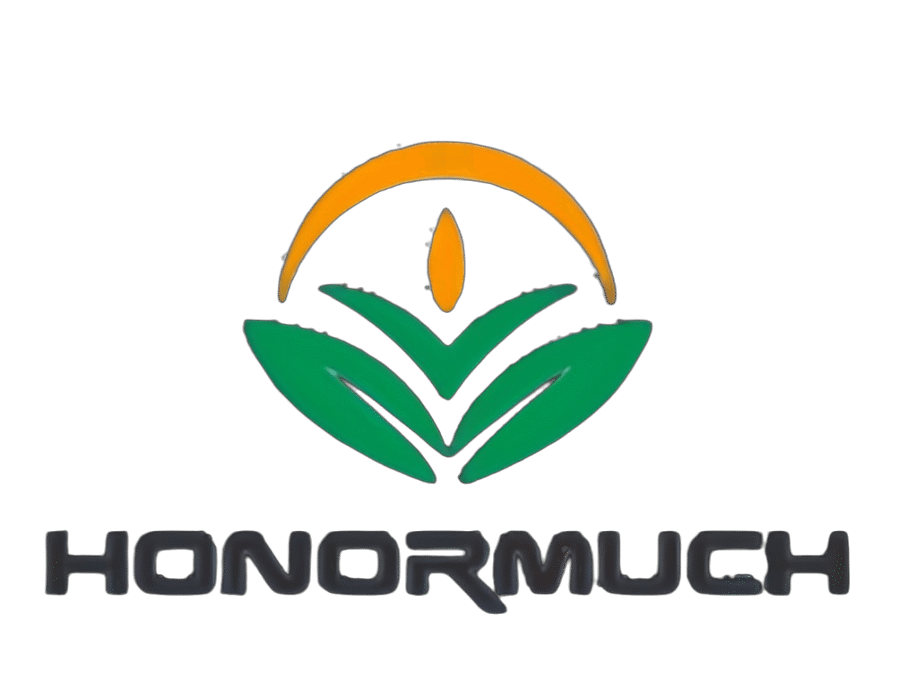Polyurethane sealant formulations vary depending on the application.
Polyurethane sealant formulations vary depending on the application.
Construction adhesives: They prioritize weather resistance and migration resistance. Polyether or polyester polyol base polymers with excellent UV and hydrolysis resistance are selected. Filler selection balances performance and cost (such as calcium carbonate and titanium dioxide). Curing agents and additive systems optimize weather resistance and elasticity.
Automotive adhesives: They prioritize heat resistance, oil resistance, high strength, and fast cure.
Base polymers: Polyester polyols with improved heat resistance or specially modified polyether polyols are often used. Modified epoxy or silane-terminated polyurethanes may even be used near the engine compartment.
Fillers: Reinforcing fillers (such as carbon black and silica powder) are used to improve strength, modulus, and wear resistance.
Curing systems: They are designed to react quickly or require heat activation for accelerated curing. Catalyst systems are optimized for production line pacing.
Plasticizers: Select types with good migration and oil resistance to prevent oil extraction.
Additives: Optimized for oil resistance and resistance to specific media. Low-odor additives are required for adhesives used in vehicle interiors.
